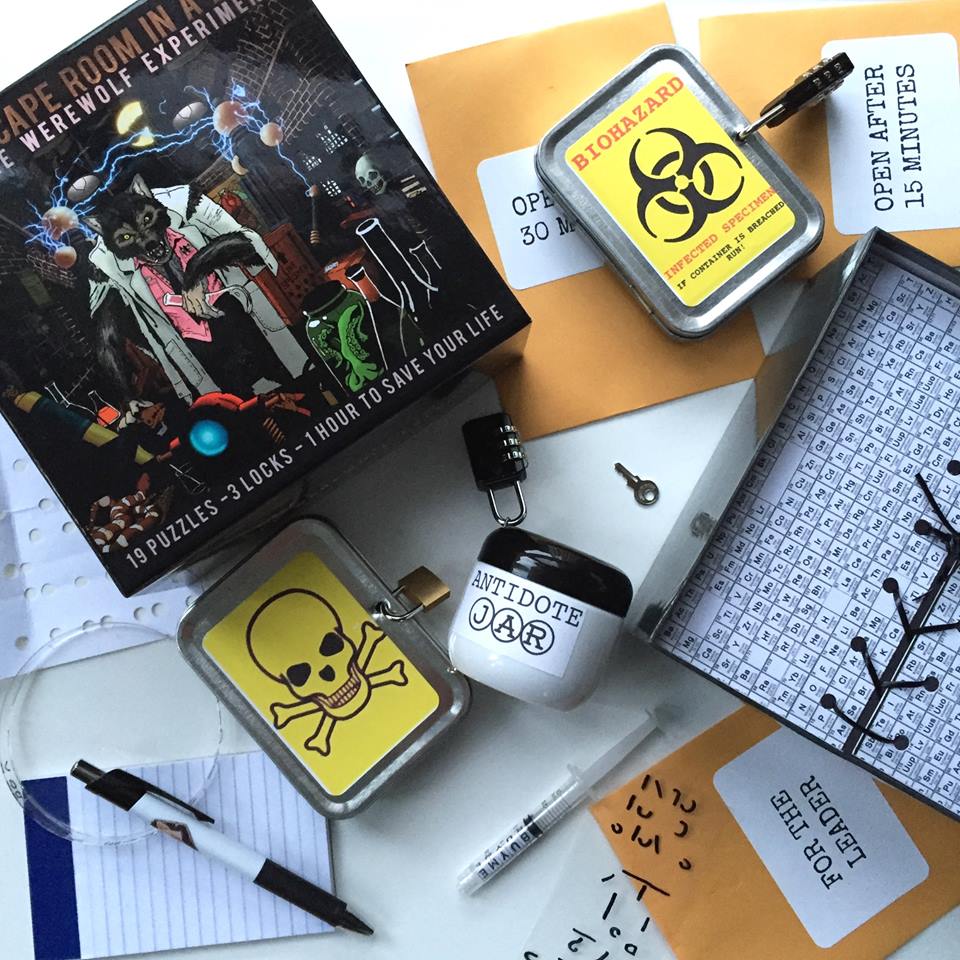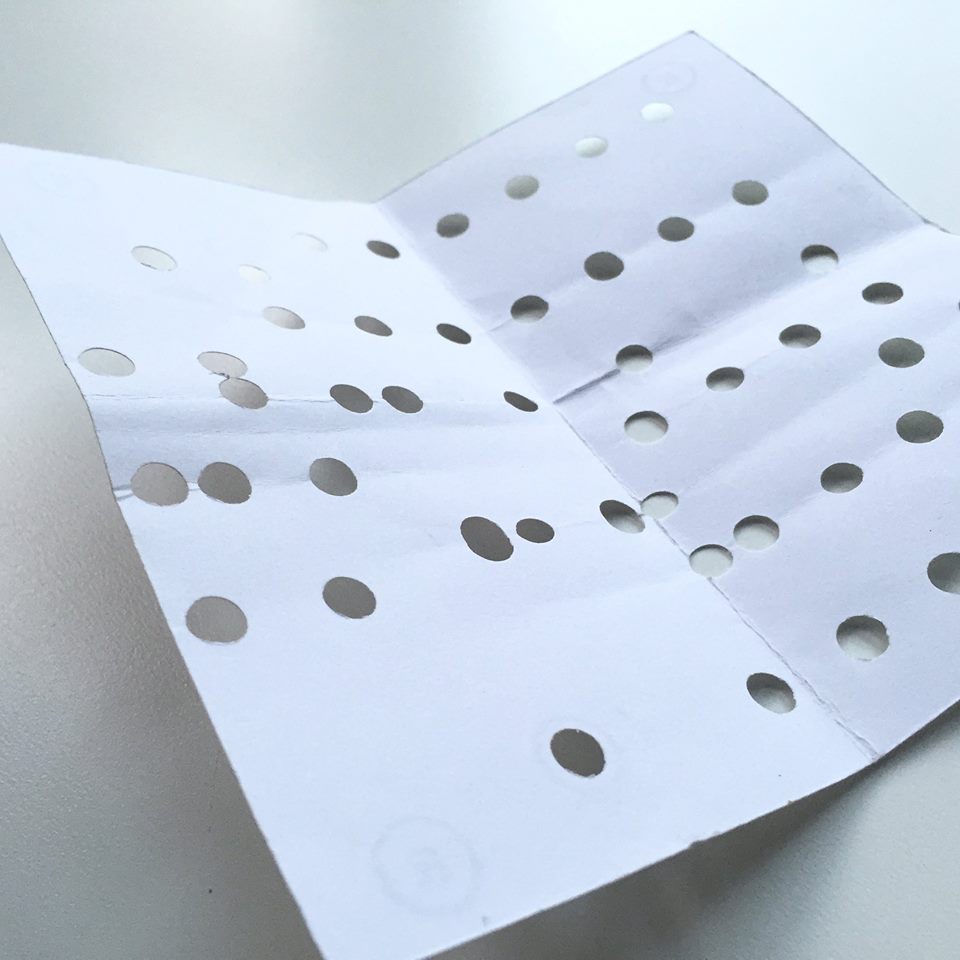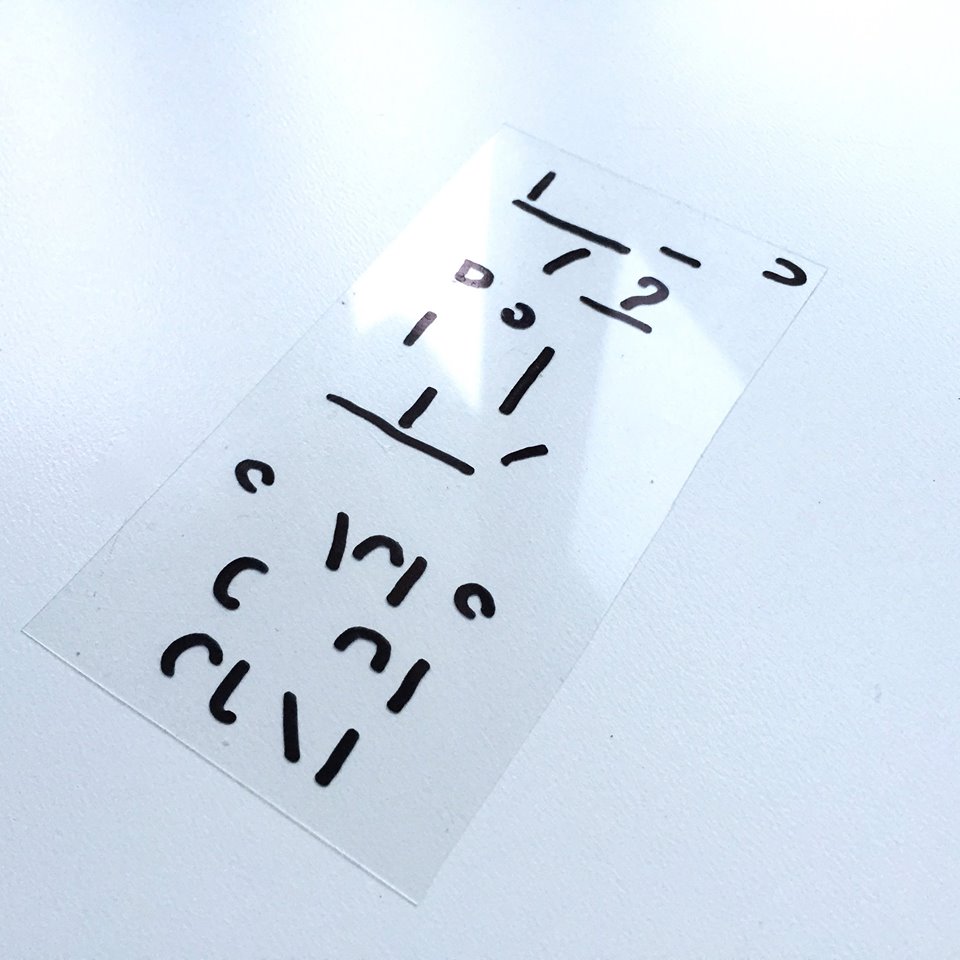As part of our August Spotlight on Escape Room in a Box: The Werewolf Experiment, we strive to inform readers of little extra tidbits surrounding the game. Games are made by people, and one of those tidbits we enjoy is learning a little bit more about the people behind them. Some designers shy away from the public stage, while others enjoy being front and center.
In the case of The Werewolf Experiment, the two ambitious women behind the game have been more than willing to talk about the game, where it came from, and indeed how they had a direct hand ushering in this explosive new gaming subgenre. The hard part was getting them to, well, escape from their busy schedules. Sometimes it was the typical case of the dreaded real life work stuff, and sometimes it was because they were locked in the laboratory with their kidnapped subjects working on their next nefarious scheme.
Actually…we probably shouldn’t have mentioned that part.
Look, just act surprised when goats start acting stranger than normal, ok? Then run for anywhere but the hills. That’s where they’ll be waiting…
Anyway, although much of what the game entails can’t be divulged for sake of ruining the experience, Ariel Rubin and Juliana Patel, the two minds behind the Escape Room in a Box idea, were more than happy to disclose their adoration for the whole escape room premise and why they felt it would work in a tabletop setting.
In this social puzzle-based game, players investigating the mysterious actions of a deranged scientist are ‘accidentally’ exposed to a substance that will turn anyone into a werewolf unless the antidote is administered before time runs out. Which is naturally locked away behind a series of elaborately designed traps. To avoid a lifetime of daily full body shaving and an irresistible desire to howl at the moon, players must therefore work cooperatively to find the antidote and escape the lab before time runs out.
To that end, since time is of the essence, let’s get right to it! We don’t want to keep Ariel and Juliana waiting long. Mostly because the last time we did that we woke up in the Topeka rail yards with a sack of Maine potatoes, a strange rash, and no memory of the previous 24 hours.
Enjoy!
Round One Questions
CR: What was your Gateway Game?
Ariel: Catan: Cities & Knights.
Juliana: Candyland. (This has been an addiction for a very long time.)
CR: What was the last game you really enjoyed playing (besides The Werewolf Experiment)?
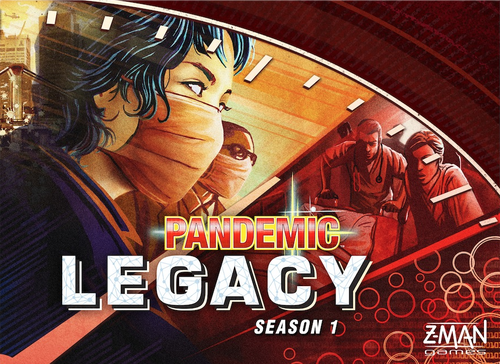 Juliana: Pandemic Legacy.
Juliana: Pandemic Legacy.
Ariel: Same.
CR: How big is your game collection?
Ariel: Not nearly as big as we want it to be.
CR: What is your favorite type of game to play?
Ariel: Do Escape Rooms count? We love cooperative games, which is funny because we were introduced because we are both incredibly competitive. Secret identity games are also always a blast.
CR: How do you feel about Monopoly?
Ariel: Baltic and Mediterranean all the way.
On The Werewolf Experiment
CR: At the time of your Kickstarter launch, Escape Room in a Box was one of only a handful of escape room styled games in existence. How did the idea evolve to create a board game version of the escape room experience?
Ariel: Actually, at the time of our Kickstarter, Escape Room In A Box was the only tabletop ‘Escape Room’ game on the market, which is how we got the idea. Juliana had been leading a merry band of escape room enthusiasts in between regular game nights. We started talking about how we should do an at home escape room and looked everywhere for one to buy. When we couldn’t find one, we decided to make our own.
CR: Since that campaign the number of escape room games has exploded. How did you feel seeing one title after another start appearing alongside your own game?
Ariel: It’s great. Escape Rooms by their nature are one time play experiences, so, just as a city like LA can keep over 100 escape room companies in business, there is more than enough market space for all the tabletop escape games coming out. Plus, it means we get to play them! The problem with designing a game with puzzles is you never get to play.
CR: Very true. To that end, what best sets The Werewolf Experiment apart from similar escape room titles??
Ariel: Our game most replicates the actual experience of going to a brick and mortar escape room. All the other escape games are almost entirely paper based. The Werewolf Experiment has real locks, elements you have to search for, unexpected reveals and exciting surprises.
CR: It’s taken some time to get the game completed due to production complexities. Was there any concern as to the game’s reception or popularity as other titles came to market before yours?
Ariel: Because our game is so different than the other ones on the market we were never concerned about it’s reception once we got it into people’s hands. We did worry that our backers would be worried, if that makes sense. But, we shouldn’t have. Our backers are some of the most supportive and awesome people ever.
CR: One of the most unique things about The Werewolf Experiment is that several puzzles involve interacting with and manipulating physical items. How important was that to you when designing the game?
Ariel: Incredibly important. We actually never considered doing an Escape Room Game that didn’t have physical elements because we felt it wouldn’t be an Escape Room Game.
CR: Without giving spoilers away, do you have a favorite puzzle in the game that you’re particularly proud of? Or, conversely, is there one you really wanted to have in the game but couldn’t make work?
Ariel: There are a number of nostalgic puzzles (if you grew up in the 80s) that are my favorites.
Juliana: There is a fairly simple puzzle early on that leads to a completely unexpected reveal that I’ve always loved.
On the other side, we are big nerds and originally had a logic puzzle in the game that everyone just hated. No one would do it, they kept passing it off to other people. We tried so hard to make it work, but it just didn’t.
CR: Escape Room in a Box was always intended to be a game series, starting with The Werewolf Experiment. What can you tell us about the next game in that series? Something involving a wizard’s magic book perhaps?
Ariel: We are indeed working on a follow up and we’re super excited about it. Unfortunately that’s all we can say about it right now!
CR: Finally, since we can’t really go into details on the puzzles themselves, instead: tell us the most ridiculous / memorable player experience you’ve observed with someone trying to solve one of your puzzles.
Ariel: Amy Okuda (From The Guild, How to Get Away With Murder, Atypical) was gracious enough to be in our Kickstarter video and was one of the most hilarious players we ever witnessed. She totally got into the werewolf spirit, clawing at the papers and stomping on them. We even considered making an entire video that was just her, but we’d already asked too much of our editor.
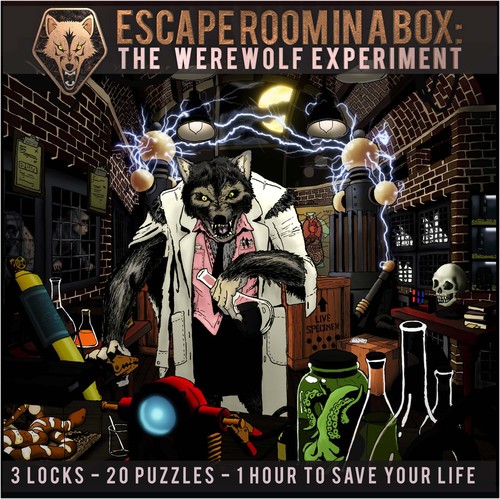
Okay, so here’s the thing. We have to confess that we may have led you into a trap. See, if you’ve made it this far – first of all, congrats on reading words! – then chances are you really want to know more about the Werewolf Experiment. Which is precisely what they wanted.
Who are they? What do they want with you? When will they make their move? We can’t really say, even if we knew. And we don’t; we swear. All we know is that by being here The Others have been made aware of your existence and interest in their work. And once you get on their radar, it’s hard to disappear again.
The best we can offer you is the means to be prepared for when they do come. You’ll want to be mentally trained and decently organized to get out of whatever weird situation they’ll subject you to. And we figured that’s precisely what this Escape Room in a Box does as well.
It’s win-win really: get a chance at winning a free game, and hopefully learn some tricks to avoid any future problems down the road.
We don’t have long though, as we don’t want Them to know we’re trying to help you. So time is short. Don’t wait.
Photo Credits: Escape Room In A Box cover and photos by Stay At Home Werewolves; Firefly by 20th Century Fox.

